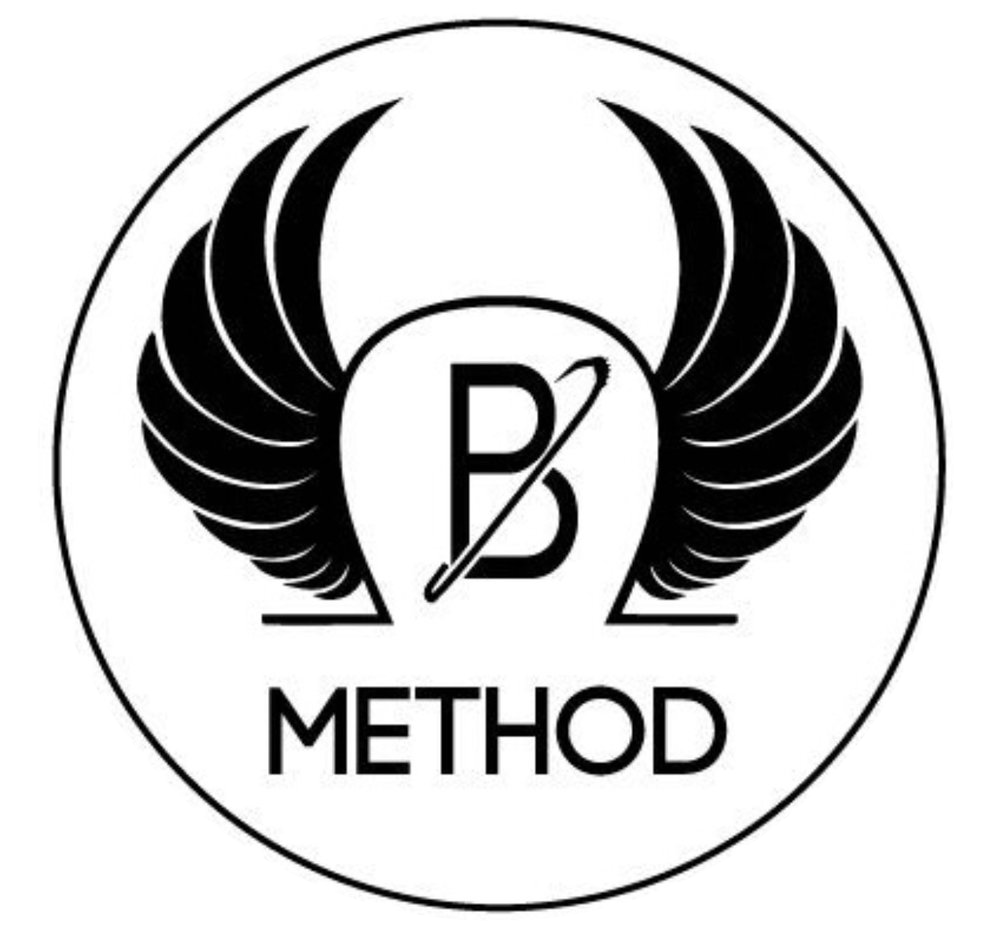
Do I really know what happens while I’m skating/Jumping?
Why do I do certain movements before a jump?
Which movements are the most effective?
Does a universal technique exist?
20 years of training
but some questions still remain..
2014-2017 research and studies period (PBproject)
2017 SUCCESS = theory confirmed
The BMethod is a teaching methodology for figure skating. The method has been developed by Paolo Luca Bacchini, Olympic Skater 2010 and a team of experts in different fields by combining more than two decades of practical skating experience and rigorous scientific approach.
The method is built around three pillars:
The 20 years long skating experience of Paolo.
Biomechanics, the branch of Classical Mechanics applied to the human body.
Field testing and practical validation of the biomechanical models by Paolo and his athletes.
Paolo has been skating since the age of nine and has competed at European and world level between 2001 and 2013. During his career Paolo has been training in different countries (Italy, Switzerland, France, USA, Germany) under the supervision of top level coaches. On one side this has improved his technique and enriched his artistic skills.
On the other hand, it has been an opportunity for trying different teaching methods, belonging to the major world skating schools. Those teachings, combined with hard training, have led him to the represent Italy and the final at the XXI Olympic Winter Games 2010.
After leaving competitions Paolo has gathered an independent team of experts to analyse and rationalize the experience and knowledge he gathered along those 20 years. The team has compared the teachings Paolo had received and a common point emerged. Most of the coaching techniques Paolo had experienced were characterized by strong empiricism and a weak bound between the teachings and the underlying Physics.
The team aimed at developing a universal method that relies on scientific observations and does not depend so heavily on the experience of the coach and his/her ability to understand (almost feel) the athlete and to correct mistakes.
The BMethod attempts to overcome this pitfall by merging the empirical part of the classical teaching (which still has a great value) and the rigorous scientific modelling of the movement of the human body and the forces involved.
Biomechanics refers to the study of biological systems, such as the human body using the methods of classical Mechanics. Experimental data and observations are recorded and used to build a physical model of the athlete. This is translated into a mathematical model and a specific software allows to simulate the behaviour of the body during the jump.
The team can analyse how the athlete body reacts to changes in the position of arms and legs in the entry phase, for instance. This allows to predict the result of a jump according to the parameters recorded on ice for the specific athlete. Using Biomechanics, the team can assess the optimal parameters for each athlete that allow the correct execution of the elements of figure skating, with special focus on jumps.

An example
To better understand the value of the proposed approach it helps to focus on a jump, say Axel. The jump is a movement of the body composed by several elements combined in a specific sequence and correct timing. The outcome of the jump is highly dependent on some initial factors, such as, entry speed, take-off angle etc. The moment of inertia about the main body axis, which depends heavily on the position of arms during the flight, is equally important for the correct execution. Many other factors can interfere and influence the outcome. Given the intrinsic complexity of the jump, it is impossible for the athlete to control consciously all the parameters involved. The way to achieve the execution is rather to automatize (memorize and be able to repeat unconsciously) the different elements composing the jump.
The strategy of the BMethod is to divide each element (for instance a jump) in all its phases and to propose exercises for automatize each phase. The different exercises are created by simulating the specific phase with the Biomechanical model created and they are tested thoroughly before they are released.
Experimental validation of the theory
Thanks to his professional skating skills Paolo has the ability to test the mathematical predictions performed by the team directly on ice. In other words, Paolo has been trying himself each element that has been modelled. He was recorded and by combining his feedback in terms of sensations with the parameter recorded on video, the team was able to validate and improve the underlying modelling.
The results of such a loop observation-modelling-trial were excellent and Paolo himself was able to improve significantly his jumping technique and the success rate of most elements.
The BMethod presents three main advantages over many other traditional techniques:
It is a universal teaching technique as it relies on a scientific base and not only on the personal skills of the trainer.
By focusing on each phase of an element separately, the BMethod is inherently modular, allowing therefore to apply it to skaters of different levels, from beginners to the professionals.
By sharing the underlying physical knowledge in a simplified but rigorous way with the athlete though examples and slides, his/her consciousness increases. This lowers the inevitable feeling of uncertainty typical of the learning process and helps preventing injuries.













